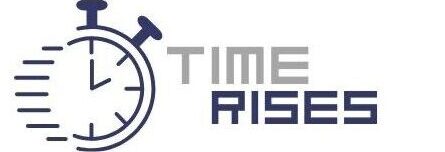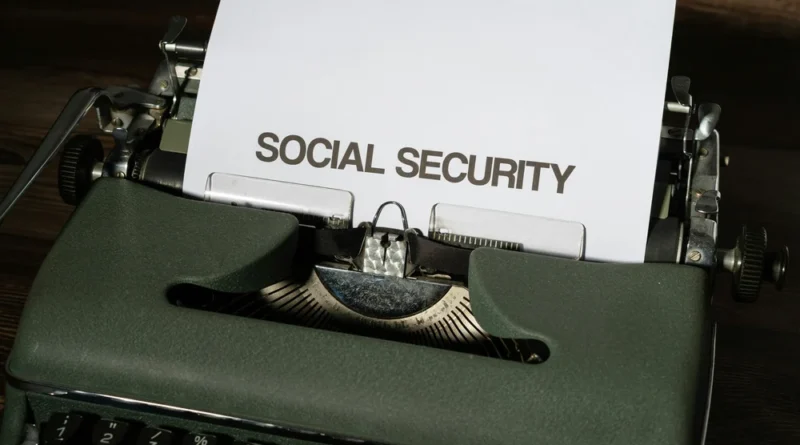What Is Securitization and Why Is It Important?
What Is Securitization and Why Is It Important?
Securitization is when lenders bundle together loans or receivables that are hard to sell and turn them into securities that can be easily traded. Investors buy these securities, which helps lenders free up money and lower their risk. This process is important for the financial system because it increases the availability of money, offers more options for investing, and helps different industries grow by providing more access to loans.
The Securitization Process Explained
Understanding the securitization process helps demystify how debts are converted into tradable financial instruments. It typically involves these key steps:
1. Banks or lenders combine similar financial assets, like mortgages, car loans, or credit card debt through asset pooling.
2. A Special Purpose Vehicle (SPV) is created to transfer these assets, isolating the risk in a legal entity.
3. The SPV then issues securities backed by the cash flows from the underlying assets.
4. Investors purchase these securities and earn income from repayments on the original loans.
This method of structured finance helps financial institutions manage capital effectively and provides investors with fixed-income opportunities.
Benefits of Securitization for Lenders and Investors
Securitization is not only about transferring debt—it offers great benefits for both financial institutions and investors. Here’s how:
• Banks can improve liquidity by freeing up capital for more lending.
• Credit risk is diversified as it is transferred from lenders to a wide range of investors.
• Investors can access various financial instruments that provide consistent returns.
• Securitization enhances market efficiency by increasing transparency and promoting competition among financial markets.
These advantages make securitization a valuable tool in today’s finance industry, helping to support credit availability and strengthen the financial system.
Risks and Challenges in the Securitization Process
Although securitization has its advantages, there are also challenges and potential drawbacks that both issuers and investors need to think about.
• Transferring credit risk can be problematic if the quality of assets is low, leading to unexpected losses for investors.
• Some structured financial products are hard to assess and may conceal hidden risks.
• These securities are sensitive to market changes, particularly during economic downturns.
• To prevent unethical practices, securitization must adhere to legal regulations.
The lessons learned from past financial crises, such as the 2008 mortgage crisis, emphasize the importance of transparency and thorough research in the securitization process.
Examples of Common Securitized Assets
Securitization often involves using different types of assets, each having its own level of risk and reward. Here are some common examples:
• Mortgage-Backed Securities (MBS): Supported by residential or commercial mortgage loans.
• Asset-Backed Securities (ABS): Supported by non-mortgage assets such as auto loans, student loans, or credit card receivables.
• Collateralized Debt Obligations (CDOs): Created from various debt obligations, usually more intricate.
• Commercial Paper Securitization: Debt instruments with shorter lifespans, backed by assets. These financial tools provide investors with flexibility and income, while lenders enjoy a more stable credit mix.
Should You Invest in Securitized Financial Instruments?
Investing in securitized products can be attractive for people who want to earn money without doing much work and want to know exactly how much they will make. However, they are most suitable for investors who know the risks and have the right information or help from experts. They can be a good way to add variety to a portfolio, especially for those who want to balance out riskier investments. By choosing carefully, securitized investments provide a good way to invest in debt markets without actually having to deal with loans directly.
FAQs about Securitization?
- How does the securitization process work in finance?
In finance, the securitization process includes combining financial assets, moving them to a special purpose vehicle (SPV), and selling securities backed by those assets to investors.
- What are securitized financial products?
Securitized financial products are tradable securities made from collections of loans or money owed. Some examples are mortgage-backed securities and asset-backed securities.
- How can securitization lower credit risk?
By spreading credit risk across many investors instead of just one lender, securitization helps make the financial system more stable.4. What are the risks of securitization investments?
- Is securitization helpful or harmful for the economy?
When done openly and responsibly, securitization helps increase credit availability and cash flow. If managed poorly, though, it can lead to financial problems.
- What sets mortgage-backed securities apart from other asset-backed securities?
Mortgage-backed securities are tied directly to home loans, whereas other ABS may be linked to credit card debt, auto loans, or different types of income.

